
Women’s Stuttgart Open
The Women’s Stuttgart Open is a WTA 500 tennis tournament that is played on indoor clay courts at the Porsche Arena in Stuttgart, Germany with the tournament being the longest-running women’s indoor tournament in Europe. The Stuttgart tennis tournament is a popular event on the WTA tour as the players have voted it their favorite
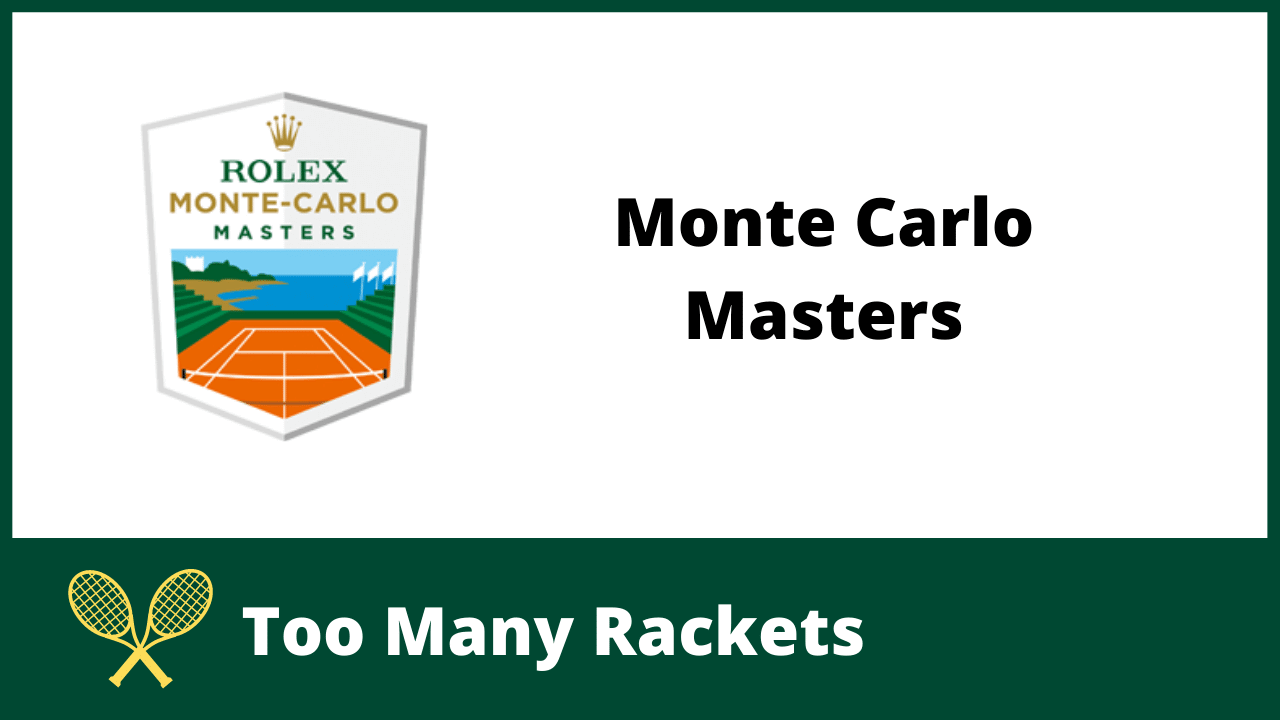
Monte Carlo Masters
The ATP Monte Carlo Masters is an outdoor claycourt tennis tournament that takes place annually in Monaco. The tournament is a Masters 1000 event on the ATP Tour calendar and is usually the first big clay court tournament of the year. Although the tournament is called the Monte-Carlo Masters, the event is played in Roquebrune-Cap-Martin

How to Watch the Miami Open in Ireland and the UK
The 2024 Miami Open will be held from the 17th to the 31st of March 2024, with top ATP and WTA players like Carlos Alcaraz, Iga Swiatek, and Coco Gauff expected to participate in the singles tournament. This article will look at where fans from Ireland and the UK can watch or stream the 2024

Miami Open Tennis Tournament
The Miami Open is a tennis tournament that usually takes place in March each year in Miami Gardens, Florida, USA. The Miami Open is a combined ATP/WTA tournament with an ATP Master’s 1000 and WTA 1000 tournament being played over two weeks. The tournaments are played on outdoor hard courts at the Hard Rock Stadium
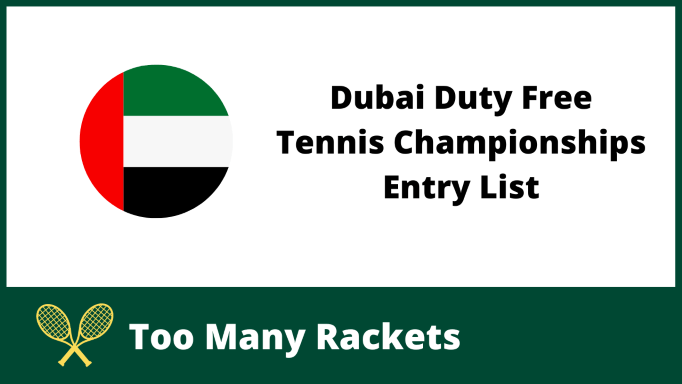
Dubai Duty Free Tennis Championships Entry List
The official entry lists for the men’s and women’s tournaments at the 2024 Dubai Duty Free Tennis Championships (18th of February to the 2nd of March 2024) have now been released. In the men’s tournament, Daniil Medvedev and Andrey Rublev will headline the event, while in the women’s tournament, Iga Swiatek and Aryna Sabalenka are

BNP Paribas Open (Indian Wells)
The BNP Paribas Open is a tennis tournament that usually takes place in March each year in Indian Wells, California, USA. The tournament is a combined ATP/WTA event with an ATP 1000 and WTA 1000 tournament being played concurrently. 2024 BNP Paribas Open (Indian Wells) Location: Indian Wells, California, USA Tour Level: ATP 1000 and
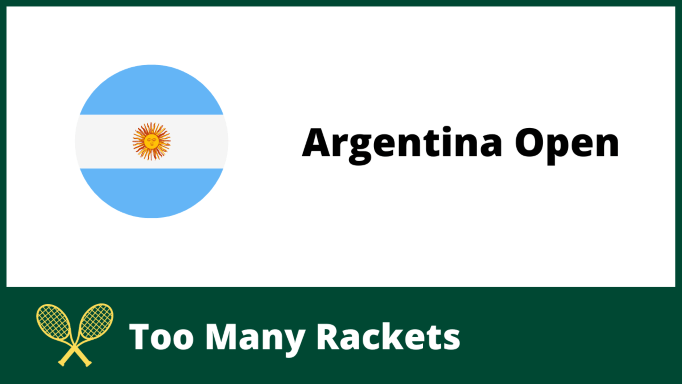
Argentina Open Tennis Tournament
The Argentina Open is an annual clay court tennis tournament on the ATP Tour that takes place in Buenos Aires, Argentina. Past Champions of the tournament include Rafael Nadal, Dominic Thiem, and Carlos Alcaraz. The tournament is played at the Buenos Aires Lawn Tennis Club and forms part of a series of tennis tournaments held
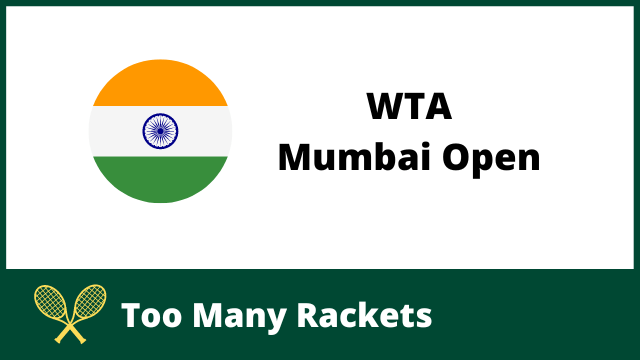
WTA Mumbai Open
The WTA Mumbai Open is a women’s tennis tournament played on outdoor hard courts in Mumbai, India. The 2024 tournament will be the first time since 2018 that a WTA 125 tournament will be held in Mumbai, as no tournament was held between 2019 and 2023. 2024 WTA Mumbai Open Location: Mumbai, Idia Tour Level:
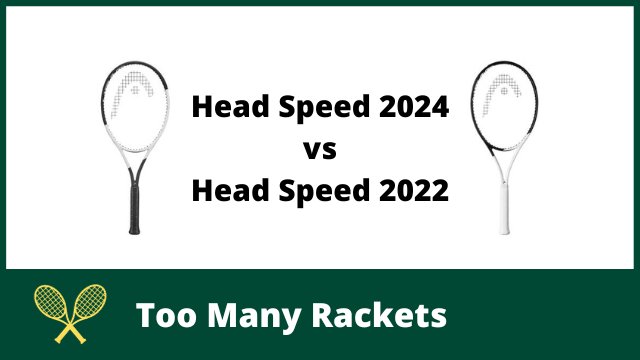
Head Speed 2024 vs 2022
In January 2024, Head announced the release of updated versions of their popular Speed range of tennis rackets. The new 2004 range of tennis rackets will include updated versions of the Speed Pro, MP, MP L, and Team. This article will look at what differences there are between the new 2024 and the old 2022
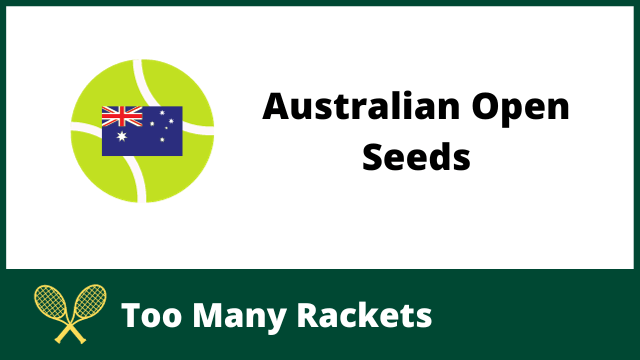
Australian Open Seeds
Tournament organizers at the Australian Open tennis tournament have announced the seeds for the men’s and women’s singles, doubles, and mixed events for the 2024 tournament. In total, there will be 32 seeded players in the men’s and women’s singles tournaments, with Novak Djokovic the top seed in the men’s singles and Iga Swiatek the
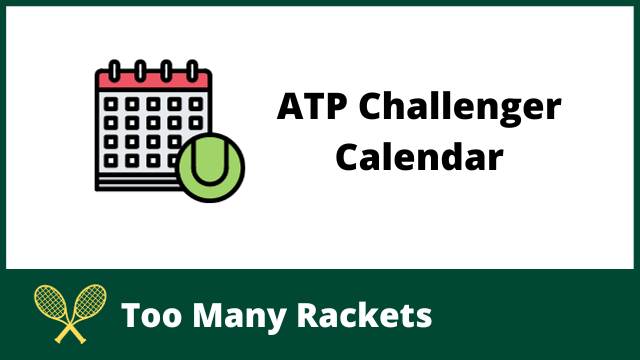
ATP Challenger Calendar
The 2024 ATP Challenger Calendar will feature more than 175 tennis tournaments, with prize money of up to $220,000 up for grabs at the larger challenger tournaments. So far, the ATP Tour has confirmed the dates for January and February 2024, with 19 scheduled for January and a further 12 scheduled for February. The below
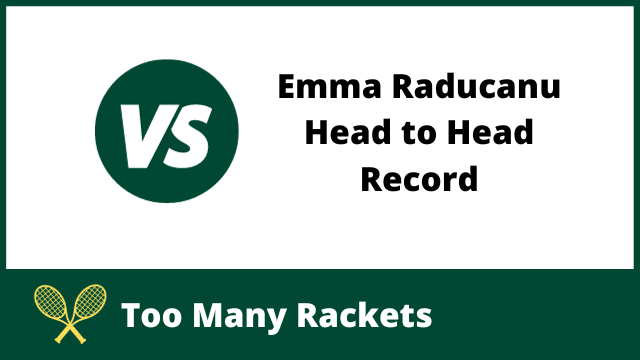
Emma Raducanu Head to Head Record
Emma Raducanu has played 132 different players on the ITF and WTA Tours since she turned pro in 2018, and currently holds a 100-52 win-loss record. Emma Raducanu – Best H2H Record Emma Raducanu’s best H2H record is against Alison Van Uytvanck, Magda Linette, Storm Hunter, Tamara Korpatsch, Tereza Martincova, and Vlada Ekshibarova, with Emma